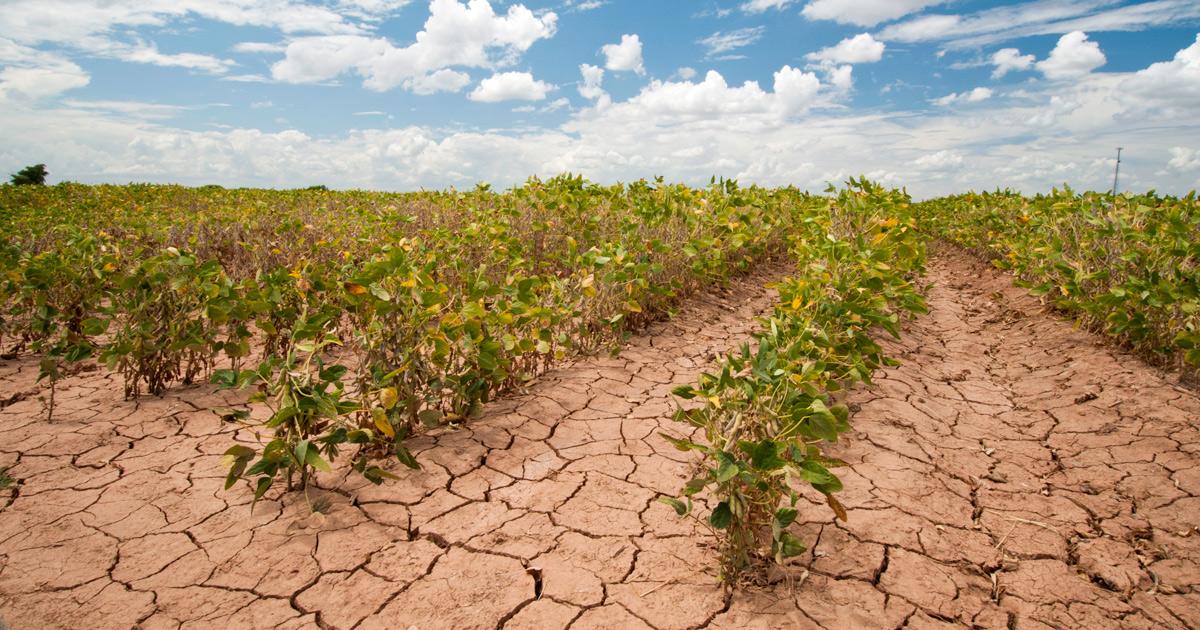Agricultural Practices Influence Global Warming

Agricultural practices influence global warming in several significant ways, primarily through the emission of greenhouse gases (GHGs), changes in land use, and impacts on carbon sequestration. Here’s a detailed look at how agriculture affects global warming:
-
Greenhouse Gas Emissions:
- Methane (CH₄) Emissions:
- Enteric Fermentation: Livestock, particularly ruminants like cows and sheep, produce methane during digestion through a process known as enteric fermentation. This is a significant source of agricultural methane emissions.
- Manure Management: Decomposing manure releases methane, especially when stored or treated in anaerobic conditions such as in lagoons or pits.
- Nitrous Oxide (N₂O) Emissions:
- Fertilizer Use: The application of nitrogen-based fertilizers leads to the release of nitrous oxide, a potent greenhouse gas, through soil microbial processes called nitrification and denitrification.
- Soil Disturbance: Tillage and other soil disturbances can increase N₂O emissions from soils.
- Carbon Dioxide (CO₂) Emissions:
- Land Use Changes: Deforestation and the conversion of forests, wetlands, and grasslands to agricultural land release stored carbon dioxide from vegetation and soil.
- Fuel Use: The use of fossil fuels in agricultural machinery, irrigation, and transportation contributes to CO₂ emissions.
-
Deforestation and Land Use Change:
- Forest Clearing: Converting forests to agricultural land involves clearing vegetation, which reduces the number of trees that can sequester carbon dioxide through photosynthesis.
- Peatland Drainage: Draining peatlands for agriculture releases large amounts of stored carbon as CO₂ and methane, contributing significantly to global warming.
- Grassland Conversion: Converting native grasslands to cropland or pasture can also release significant amounts of stored carbon from soil and vegetation.
-
Soil Carbon Sequestration:
- Soil Management Practices: Certain agricultural practices can enhance soil carbon sequestration, which helps mitigate global warming by storing more carbon in the soil. Practices such as reduced tillage, cover cropping, crop rotation, and organic farming can increase soil organic carbon levels.
- Degraded Soils: Poor soil management practices, such as overgrazing, excessive tillage, and monocropping, can deplete soil organic carbon and reduce the soil's capacity to sequester carbon.
-
Impact on Natural Ecosystems:
- Biodiversity Loss: Intensive agricultural practices can lead to habitat destruction and loss of biodiversity, which in turn can impact ecosystem resilience and carbon storage capacity.
- Water Use and Irrigation: Over-extraction of water for irrigation can reduce the availability of water for natural ecosystems, affecting their health and capacity to sequester carbon.
-
Food Production and Consumption Patterns:
- Dietary Choices: High consumption of meat, particularly beef and lamb, has a larger carbon footprint compared to plant-based diets due to higher methane emissions from livestock and greater resource use.
- Food Waste: Food waste contributes to global warming by increasing the demand for food production, which in turn increases GHG emissions. Additionally, decomposing organic waste in landfills produces methane.
Mitigation Strategies in Agriculture
To reduce the impact of agricultural practices on global warming, several mitigation strategies can be implemented:
-
Improved Livestock Management:
- Dietary Changes: Modifying the diets of livestock to reduce enteric fermentation and methane emissions.
- Manure Management: Implementing anaerobic digesters to capture methane from manure and convert it into biogas for energy use.
-
Sustainable Soil Management:
- Reduced Tillage: Minimizing soil disturbance to enhance soil carbon sequestration and reduce N₂O emissions.
- Cover Cropping: Planting cover crops to improve soil health, increase organic matter, and sequester carbon.
-
Efficient Fertilizer Use:
- Precision Agriculture: Using precision agriculture techniques to apply fertilizers more efficiently and reduce nitrous oxide emissions.
- Organic Fertilizers: Using organic fertilizers and compost to improve soil health and reduce GHG emissions.
-
Agroforestry and Reforestation:
- Agroforestry: Integrating trees into agricultural systems to sequester carbon, improve biodiversity, and enhance ecosystem services.
- Reforestation: Restoring degraded lands and reforesting areas to increase carbon sequestration and improve ecosystem resilience.
-
Reducing Food Waste:
- Supply Chain Improvements: Enhancing food storage, transportation, and distribution to reduce food loss.
- Consumer Awareness: Educating consumers about the impact of food waste and encouraging sustainable consumption patterns.
-
Supporting Sustainable Practices:
- Policy Incentives: Implementing policies that support sustainable agricultural practices and provide incentives for farmers to adopt climate-friendly methods.
- Research and Development: Investing in research to develop new technologies and practices that reduce GHG emissions from agriculture.
By adopting these strategies, the agricultural sector can play a crucial role in mitigating global warming and enhancing the sustainability of food systems.
Thank you,
